Liquid Chromato
graphy
Generally, SICRIT is a gas phase technique. By vaporizing the liquid (solution) in a dedicated module, SICRIT also enables to couple with liquid chromatography (LC) or supercritical fluid chromatography (SFC), though.
Exemplary analysis
results
Providing cleaner spectra, higher salt tolerance, universal solvent compatibility, and broader coverage of ionization.
The SICRIT Ionization Source is inherently a gas phase technique that allows for the soft ionization of compounds that range in both stability and polarity, providing a cleaner MS1 spectra than other ionization techniques. Additionally, the LC Module is designed to withstand higher liquid flow rates, compatibility with common ESI buffers and numerous combinations of solvent methods. By coupling these technologies, we have access to a whole new world of LC Chromatography applications
Here, an MS1 spectra of Simazine, a common pesticide, can be observed from both ESI and SICRIT. Where the SICRIT is able to provide a less fragmented, clearer MS1 spectra utilizing the LC Module.
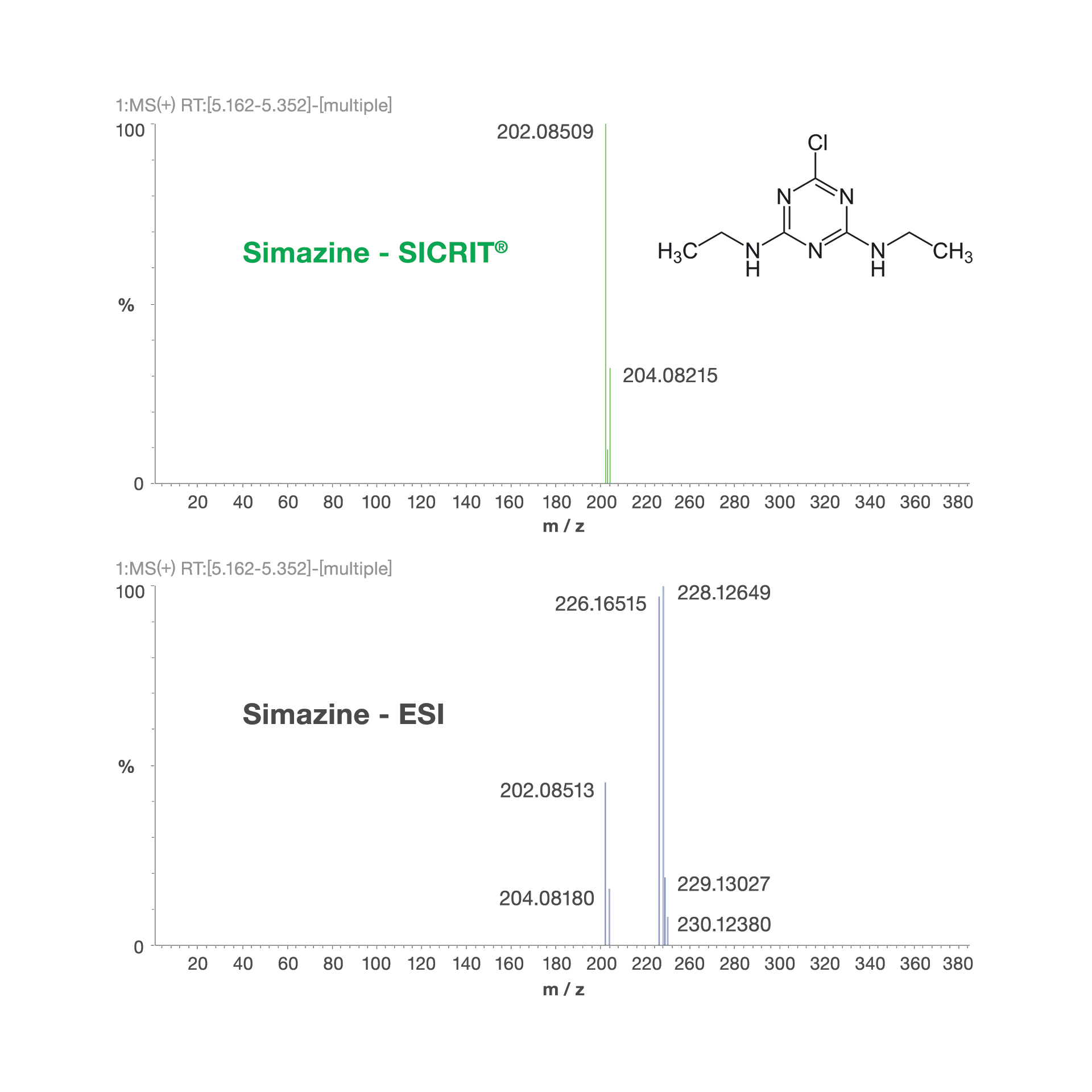
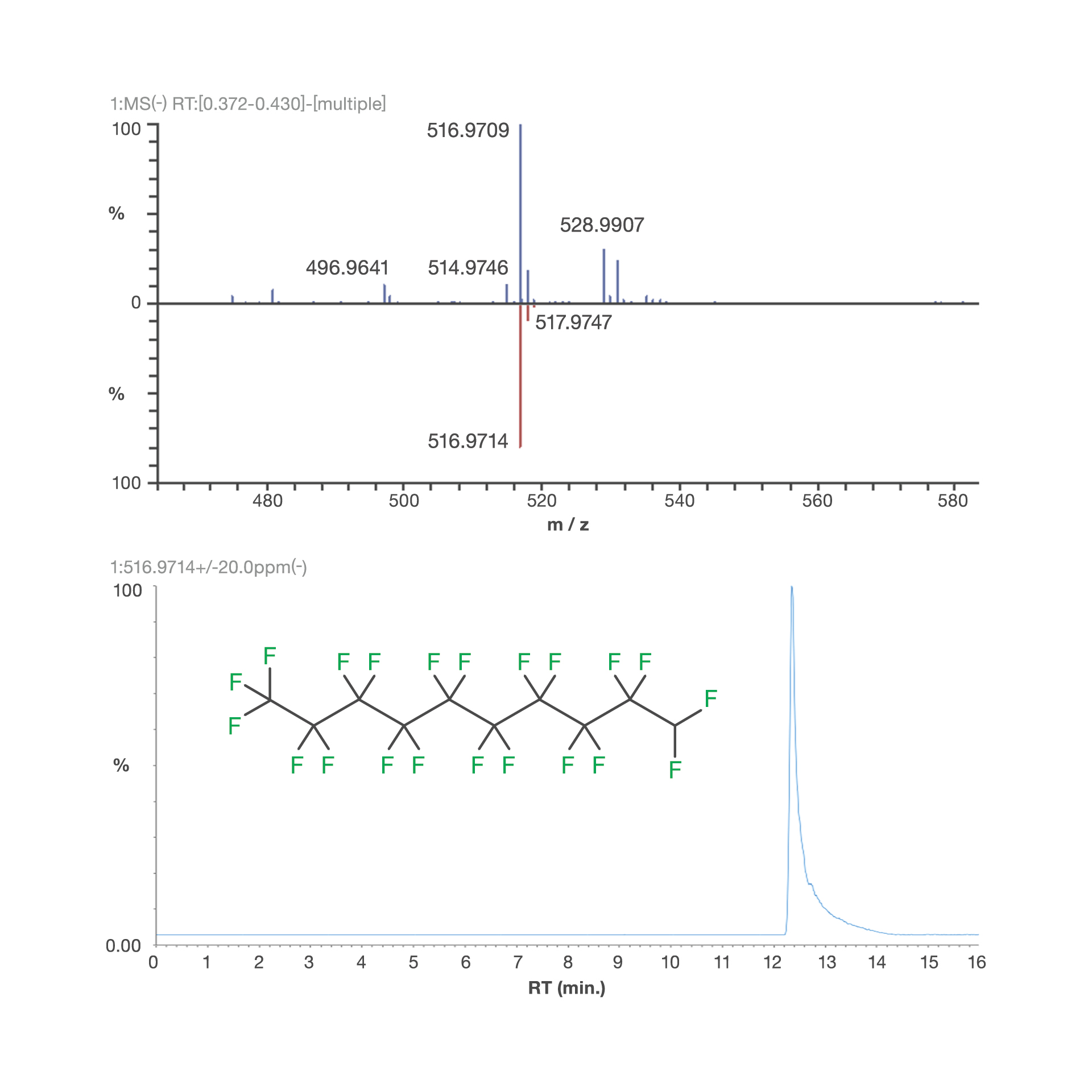
When we combine the functionality of LC Chromatography using the LC Module and SICRIT Ionization technology, we expand the range of ionizable compounds, many of which were previously unavailable through LC Chromatography.
Per-Fluoronated Compounds (PFCs) are extremely toxic and of great importance in both research and industrial applications, therefore, it is imperative that we can detect these molecules. With the SICRIT ionization technology we are able to not only detect these compounds manually, but can use the native compound identification vendor software to confirm our findings. Currently, non-polar PFCs are not ionizable by conventional LC-MS methods.
By adding the capability of liquid chromatography to the SICRIT technology, we can provide sharp, clear peaks of ionized components. This allows us to effectively analyze complex mixtures with ease.
Here, we provide a set of about 200 unique pesticides presented in a routine LC-MS run. These compounds range in functionality and polarity and have been combined into one large mixture, producing distinguishable chromatogram peaks, despite the volume of analytes.
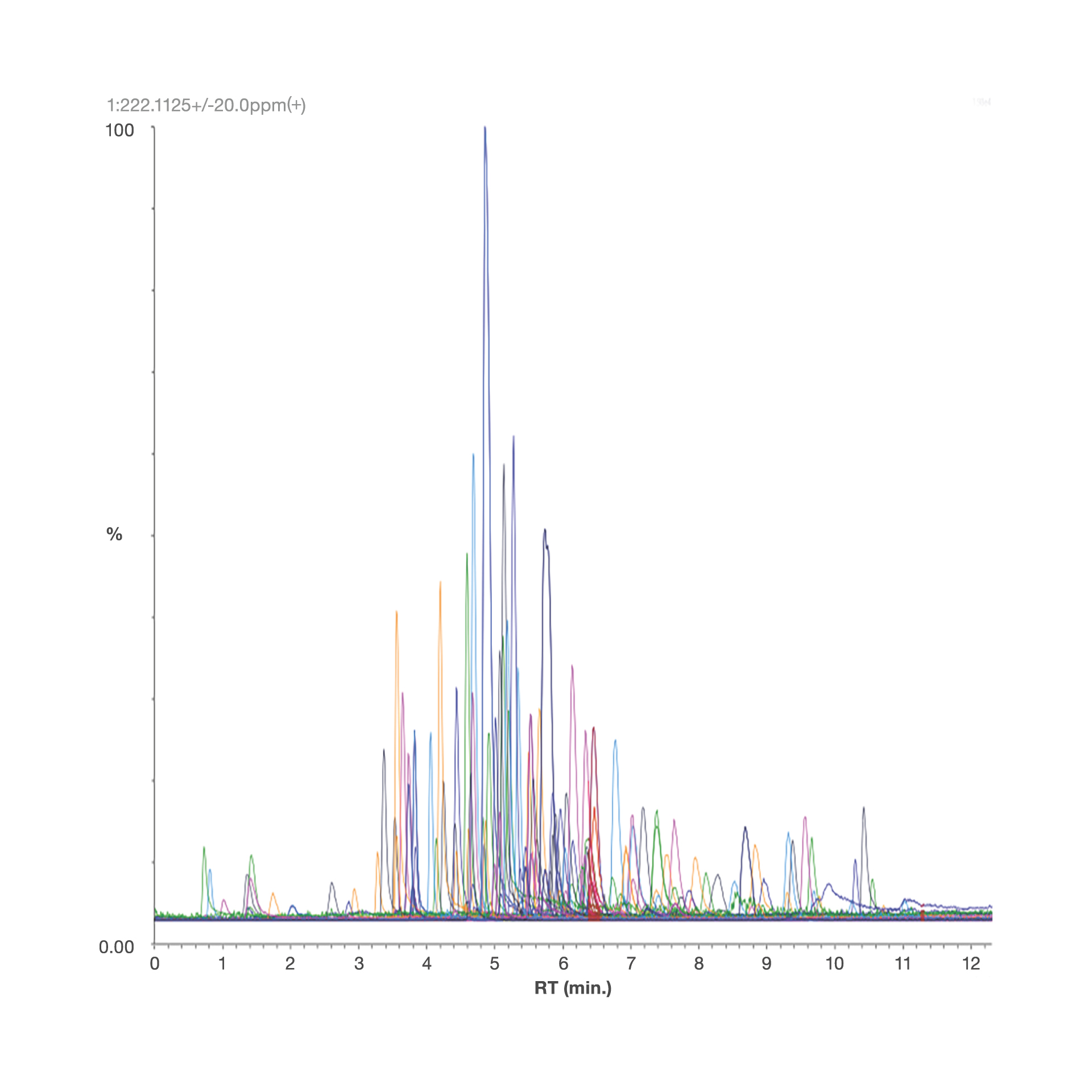
Related App Notes and Product Notes
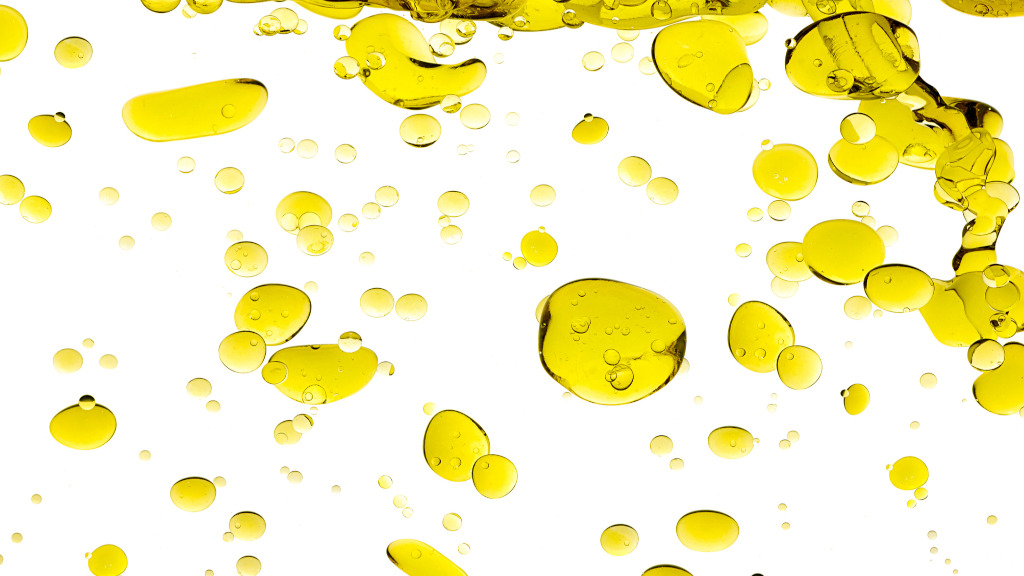
LC-SICRIT®-HRMS Analysis of Non-Polar Lipids
In this set of measurements, we demonstrate the detection capabilities of 8 different Triacyl-glycerides of varying length and saturation with LC-SICRIT®-HRMS.
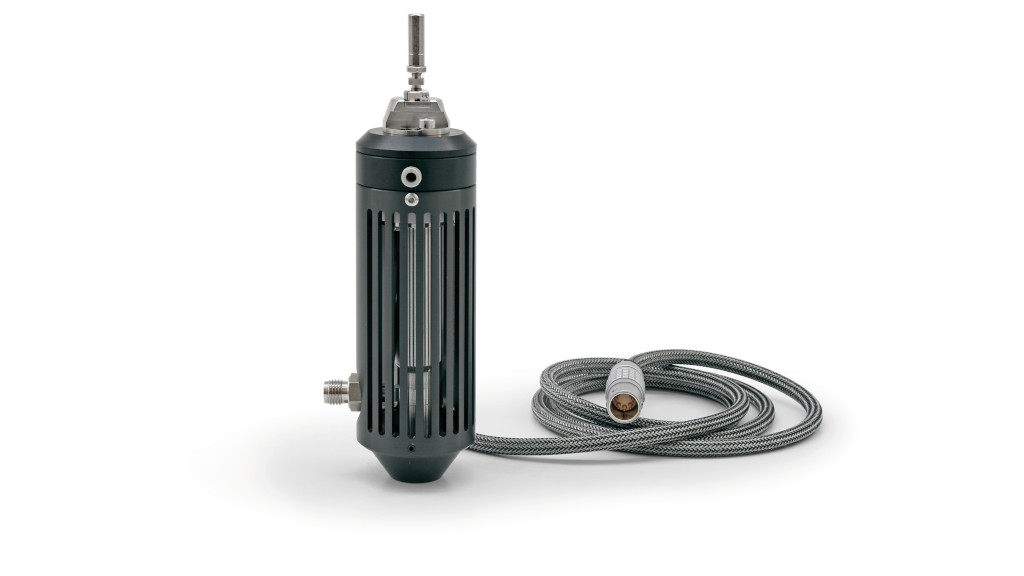
SICRIT® LC/SFC Module
The SICRIT® LC/SFC Module combines the SICRIT® ionization technology with classical sample separation of liquid or supercritical fluid chromatography
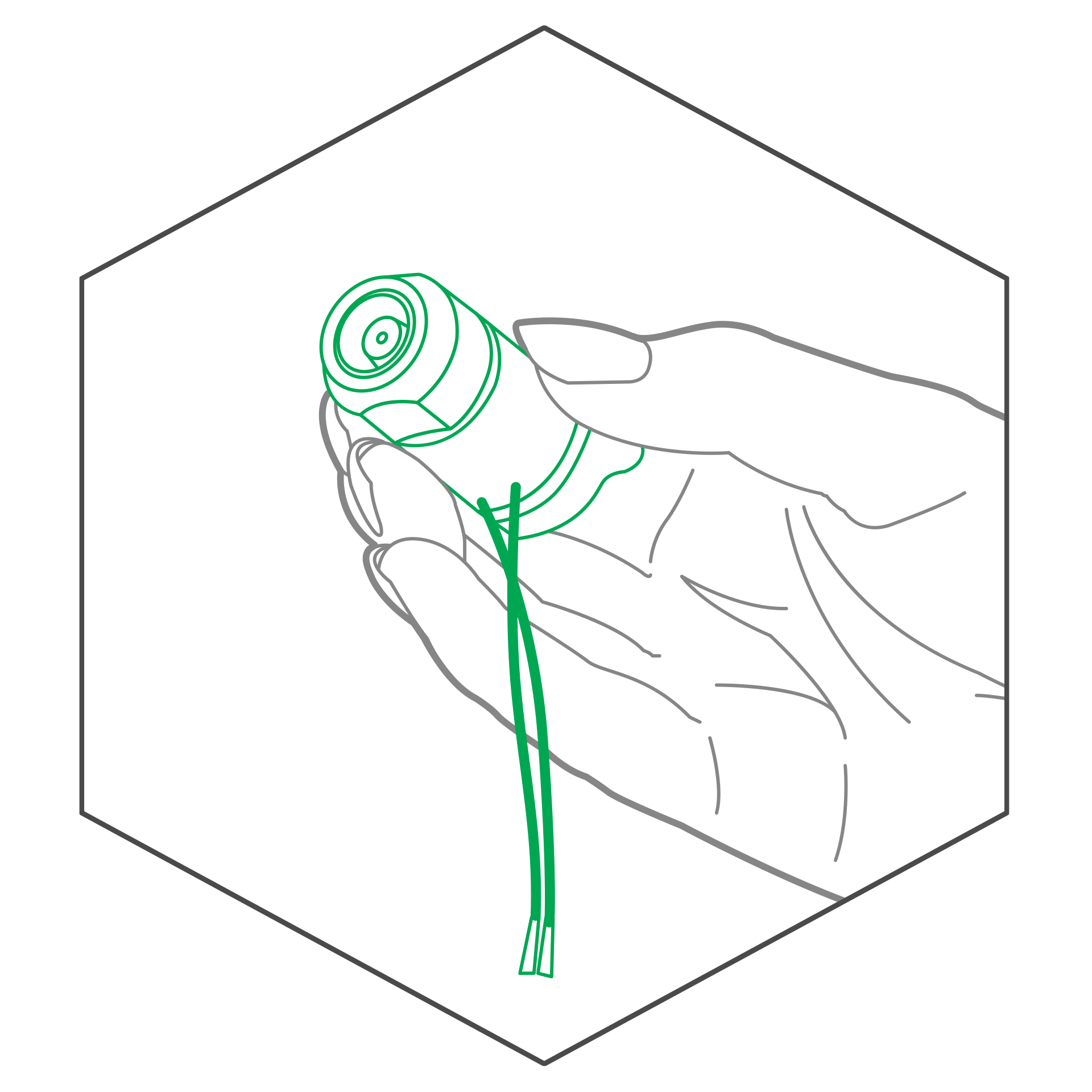
Discover our Products
Find the perfect solution for your use case, with Plasmion’s advanced technology and expertise in chemical analysis for research or industry.


